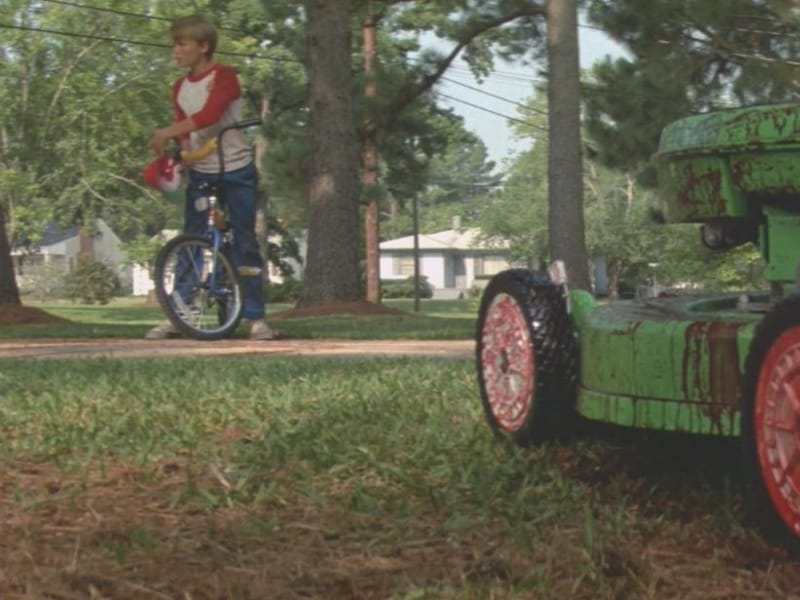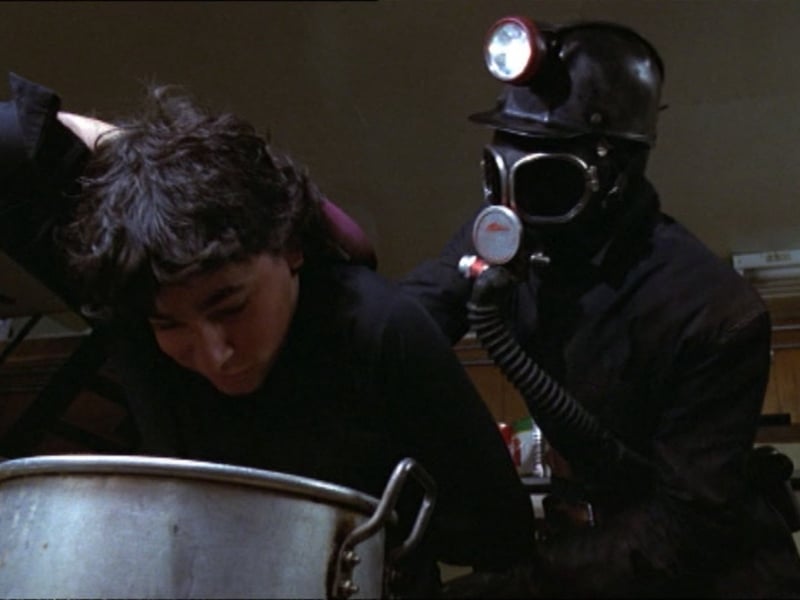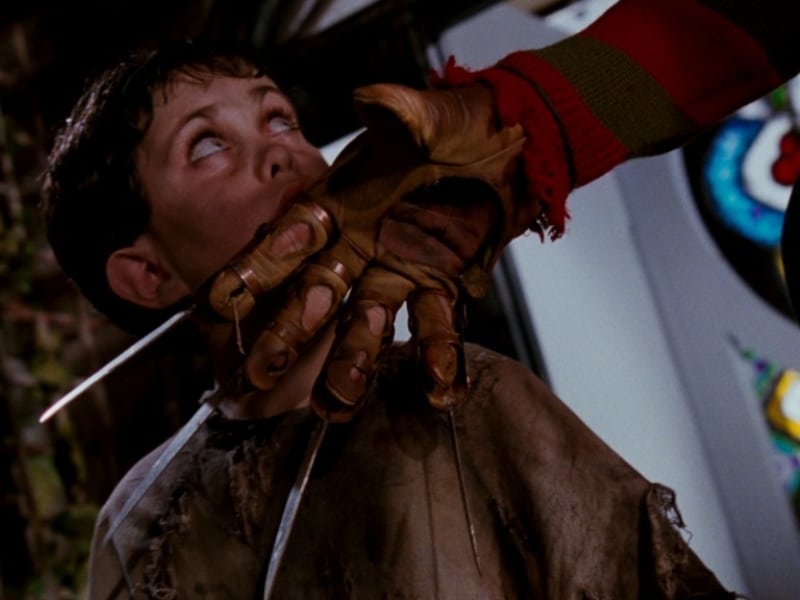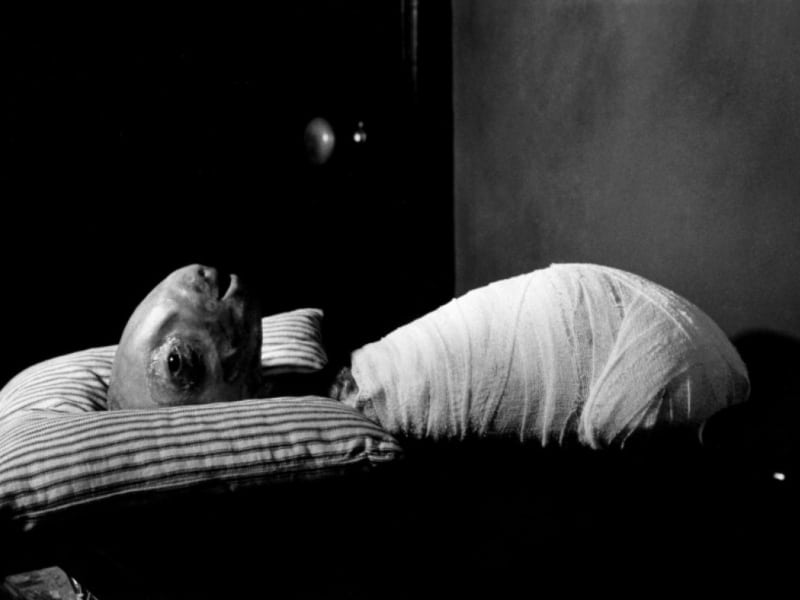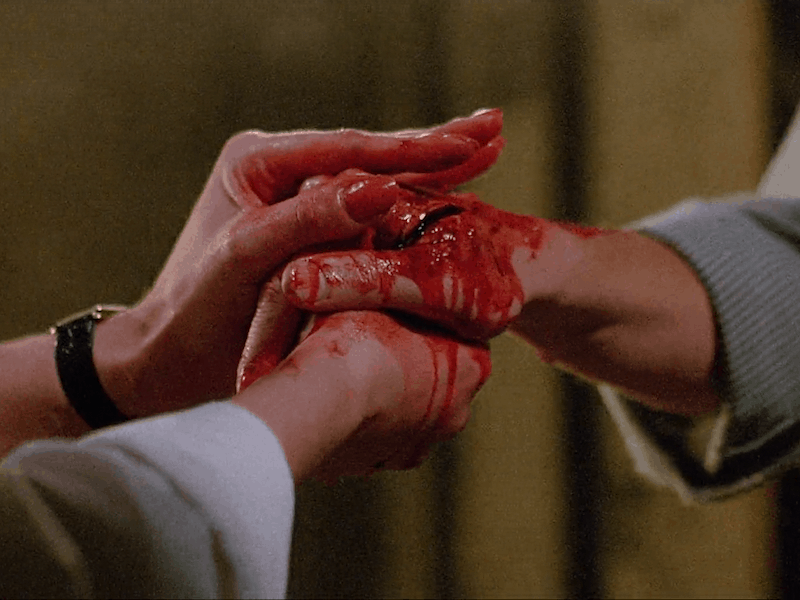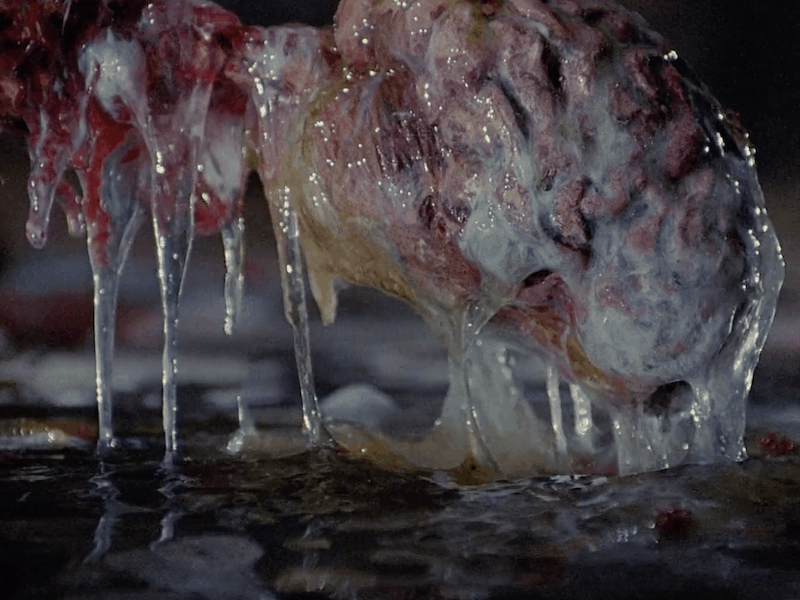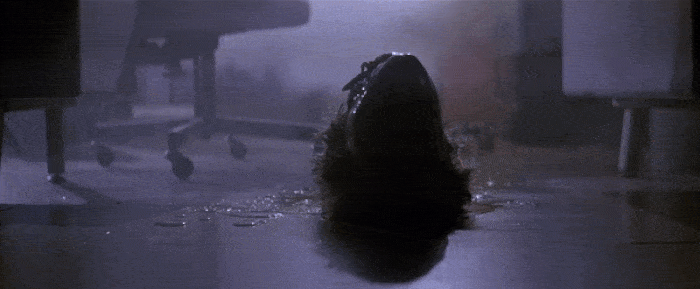This article is part of The Reading List, a monthly column in which we encourage you to take your enthusiasm for a particularly groovy TV show and direct it into a wide array of extracurricular studies. This entry explores The Walking Dead universe as seen in the comics and suggests a couple of titles to digest after you’re done with the main course.
Halloween marks the tenth anniversary of The Walking Dead television series. With the release of the comedic film Zombieland a year prior, I remember thinking at the time that the gut-muncher genre had run its course. What more could be said that George Romero and his countless imitators had not already? A decade later and the bottomless bellies of the undead refuse to fill. Like Jell-O, there’s always more room for brains.
Under that logic, ten years of Walking Dead television is not enough. You crave more rot for your gut. If zombies are ravenous, their fans are even more so. Maybe you’ve already dabbled in The Walking Dead‘s comic book origins. Maybe you’ve always been curious but were overwhelmed by the sheer volume of issues to devour. This month’s Reading List is designed to give the reader a proper taste of the universe created by writer Robert Kirkman and artist Tony Moore and perfected by regular artist Charlie Adlard.
The Walking Dead: Days Gone By
Here are the humble origins of the unlikely zombie blockbuster. Collecting the first six issues (the only ones drawn by Moore), Days Gone By introduces Rick Grimes as the do-gooder deputy sheriff from Kentucky. After nearly perishing in a gunfight, Grimes awakens from his coma to a world gone by. Stumbling through the halls of the hospital, crying out for anyone to come to his aid, Rick makes first contact with the walkers, for the z-word is merely too unimaginable.
Days Gone By tracks Rick’s journey to reunite with his wife Laurie and son Carl. It’s an arduous quest, and its climax lacks victory as he discovers his former friend and partner Shane has become pretty comfy with Laurie. The television show stretches this tension out for multiple seasons, but thankfully, the comic concludes the romantic turmoil by the end of this arc. Most importantly, the first volume establishes a rich base of characters and the agony of survival minus a governmental structure.
All we have is each other. Yikes. The dead might have it better off.
The Walking Dead: The Heart’s Desire
Between the last volume and this one, Rick’s group of survivors take refuge in an abandoned prison. Well, not totally abandoned. A few leftover prisoners were doing just fine before Rick’s gang stormed in, but their worries matter little in the face of groupthink.
The Heart’s Desire opens with Michone, the badass katana-wielding doomsday samurai, who keeps a pair of armless zombies chained to her person as a means of bathing herself in their undead stink. To the non-discerning flesh-eater, she appears like one of the herd. To the reader, she’s a new cast favorite.
Determined to quell a rebellion led by the prisoners, Rick murders their leader. He attempts to cover up the killing as an accident, but the group eventually learns the truth. In this volume, Kirkman takes George Romero’s thesis that the true horror of any zombie apocalypse are those living bastards left behind and makes Rick scream the titular condemnation, “We are the Walking Dead!” You don’t watch zombie movies and TV series or read zombie comics for their subtlety.
The Walking Dead: Something to Fear
Now, let us skip sixty or so issues (including everything to do with The Governor). At this point in the story, life is pretty good for Rick and his group. They’ve set up in a nice palatial estate in Alexandria. There’s plenty of food. The walkers are dealt with quickly and orderly. Not much to worry about.
Enter: Negan. When Rick first encounters the opposing force, he makes quick work of them. He’s confident. He’s cocky. He’s mean. These other survivors can’t possibly match Rick’s audacity.
Pride comes before the fall. Negan is Rick on steroids. He represents the person Rick is in danger of becoming, and the lesson he delivers comes at the end of a barbed wire-wrapped baseball bat named Lucille. Poor Glenn, there’s no talking out of this one.
After nearly one hundred issues, The Walking Dead still manages to shock. That’s the beauty of serialized entertainment. Month after month, the reader absorbs the essentials of the title. Rick is crucial. Michone is crucial. Glenn is crucial. You can’t have the comic without them. Kirkman scoffs at your notions of what is and is not The Walking Dead.
The Walking Dead: All Out War Parts 1 & 2
The most exhilarating saga within The Walking Dead. All Out War is an epic and cannot be contained in one single trade paperback. It’s Rick vs. Negan. Who can out-savage the other?
Whether you’ve read the first hundred-plus issues of the comic or just the three other collections listed above, by this point, you’re invested in Team Rick. Sure, he’s a jackass, and he’s ruined the occasional life here and there, but he’s no monster.
On the other hand, monsters are appealing too, and Negan is about as vicious a beast as a human can get. The reader knows Rick deserves the beating he’s getting. The question becomes, can a human survive such a brawl and come out the other side a better person? Seems unlikely.
The Walking Dead: The Whisperer War
There is always a bigger and badder threat awaiting around the corner. As Negan proved after The Governor, The Whisperers reveal the infinite possibilities of despair in this catastrophic landscape. These roving bands of humans dress in the rotting flesh of zombies to mask their presence and command control over the mindless dead. Yeah, that’s right. We’re talking the first walker/human team-up, and that means tremendous trouble for Rick and company.
In many ways, The Whisperer War operates like a game of one-upmanship for Charlie Adlard. Having already detailed numerous methods of shredding human anatomy, the artist somehow charts new ground in the realm of depravity. The Whisperer War is a hard read in that manner, but over the series, Adlard has fortified the reader’s stomachs. They can take what he can dish.
The Walking Dead: Negan Lives
Kirkman and Adlard concluded The Walking Dead last year with issue #193. It was a surprise and came out of nowhere, requiring Kirkman to solicit fake plots to shops to keep the ruse under wraps. The final issue hit hard and serves as an absolute ending to The Walking Dead storyline. However…
The pandemic struck, and comic book shops were forced to close their doors for a good chunk of the year. When they did eventually open, Diamond Distributors struggled to get comics to the shelves. With an industry in peril, Kirkman sought a way to offer a slight boost in sales. The Walking Dead returned. Kinda.
Negan Lives is a one-shot comic that takes place shortly after issue #174 when Maggie refused to put Negan out of his misery. Some foul creatures deserve to live out their pain. Which is all well and good, except Negan is still going to perpetuate a whole lot of pain on others, as we see in these thirty-six pages.
Marvel Zombies
Where do you go after scarfing your way through The Walking Dead? Hop on over to Marvel Comics with Marvel Zombies. Also written by Kirkman, this fan-favorite imagines your favorite superheroes in a Night of the Living Dead fringe universe. The spandex fetishists are no longer your friends.
Trust me; there is nothing sadder than a starving Peter Parker struggling with his guilt regarding the consumption of Aunt May. He still loves Mary Jane, but she also looks so, so tasty. Can his heart defeat his uncontrollable hunger? Don’t count on it. Remember, Kirkman is a real jerk when it comes to delivering pleasantries to his readers. He turns your love against you.
Invincible
Have you seen the new trailer for the Amazon adaptation of Invincible? Like what you see? Well, that ain’t nothing.
What you find there is a fun, somewhat violent coming-of-age superhero story. Basically, the tale of Peter Parker told through a somewhat more adult lens. Robert Kirkman’s Invincible is so much more.
The comic is an epic saga of maintaining some semblance of morality in a universe where Earth is buffeted on all sides by aliens, demons, and supervillains. Kirkman uses his hero, Mark Grayson, and his world to work out his wildest fantasies regarding the more popular characters of Marvel and DC Comics. I’m sure you all have your Batman and Superman stories filed away in the back of your brains. Reading Invincible is to intimately experience Kirkman’s comic book wet dreams. Based on your time with The Walking Dead, you know it won’t always be pretty.
Don’t let anyone spoil the climax of Invincible‘s first two storylines. Just start reading. I guarantee stunned disbelief when you learn the fate of the Guardians of the Globe, aka not the Justice League of America.




